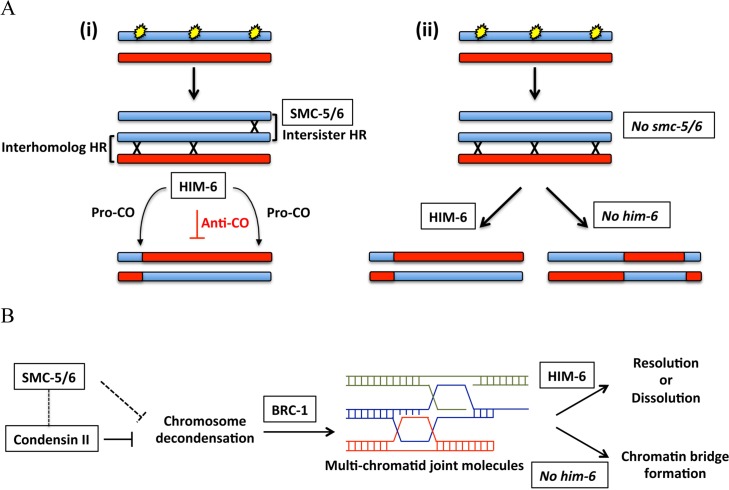Fig 7. Models of the cooperation between SMC-5/6 complex and HIM-6 in meiotic recombination intermediate metabolism.
A. Schematic diagram depicting the CO formation in the wild type (i) or in the smc-5/6 mutants (ii). In the wild type, SMC-5/6 complex can promote the repair of SPO-11 induced DSBs by intersister recombination pathways. The CO formation generated by interhomolog recombination can be regulated by HIM-6. However, in the absence of SMC-5/6, more DSBs are channelled to be repaired by interhomolog recombination due to the compromised intersister recombination. In this case, HIM-6 becomes essential to maintain a normal CO landscape. B. Reduced chromosome compaction caused by smc-5/6 and him-6 mutation or by condensin depletion may lead to formation of multi-chromatid joint molecules supressed by brc-1. The dashed lines represent a potential role of SMC-5/6 in preventing the chromosome decondensation probably through cross-talk between SMC-5/6 complex and condensin II complex.

